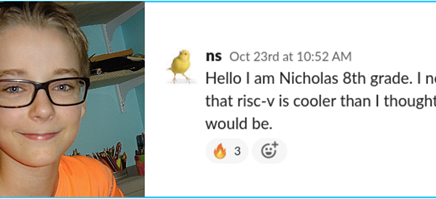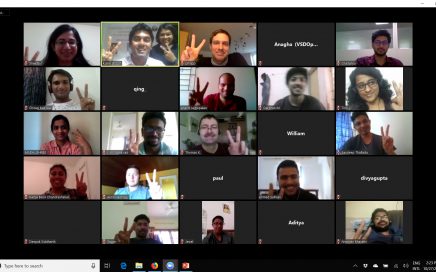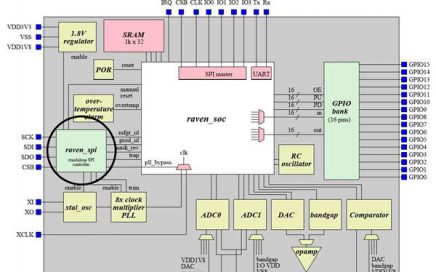
13-Year-Old, Nicholas Sharkey, Creates a RISC-V Core
It was also a real testament to Nicholas’s thirst for knowledge and the outside-the-box thinking of his home-schooling parents, Rasa and Mike. Having a 13-year-old of my own, I was particularly impressed by Nicholas’s willingness to put himself out there, asking questions and joining Zoom calls (not to mention his familiarity with Linux). I’ve since learned that Nicholas has been awarded in spelling bees and math competitions and is an expert at solving the Rubik’s Cube. Somehow, I’m not surprised.



